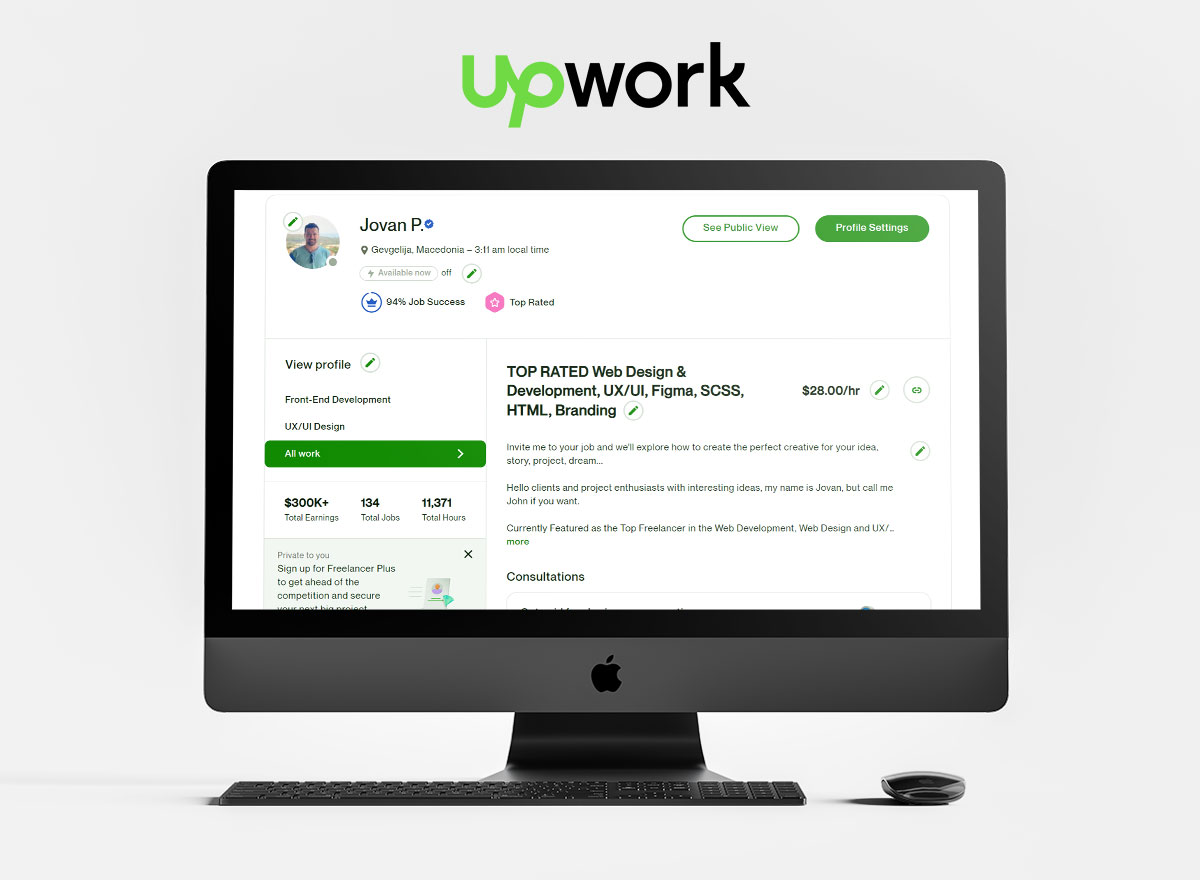Dive into our Case Study for The Faven: Responsive Web Design. Flow2web will present a responsive UX design for user experience. The singular purpose of responsive web design is to enhance and improve the user experience for those who visit your website. Also known as responsive web design, this approach has an inherent fluidity that not only optimizes the viewer experience, but also adapts to whatever device that the website is being viewed on. A website that implements responsive web design can be easily viewed on anything from a laptop to a smart phone to an iPad.
Flow2web together with all team members managed to make a responsive design of an application that deals with crypto tokens. The client requested responsive designs on all pages, UI components, menus, tables and other sections. Our task was to do it first on mobile-first, tablet and desktop screens.
Mobile-first web design means designing the mobile website first and working up to the desktop version. There are a number of reasons why this approach works well.



Responsive web design also gives your page consistency. This is important as you want a viewer’s experience to not have a great contrast, depending on the device they use. You don’t want them to have a negative viewing experience on one device that they do not experience on another. This can easily turn away loyal or potential visitors as it will inadvertently reflect poorly on the quality of your site. Responsive web design ensures that your page’s look and feel will remain at the same level of consistency from one device to another.
When creating your website, the content featured matters a great deal. However, the quality of your page is just as important. This is the initial draw of your page and what gets your visitor interested in its actual content.

